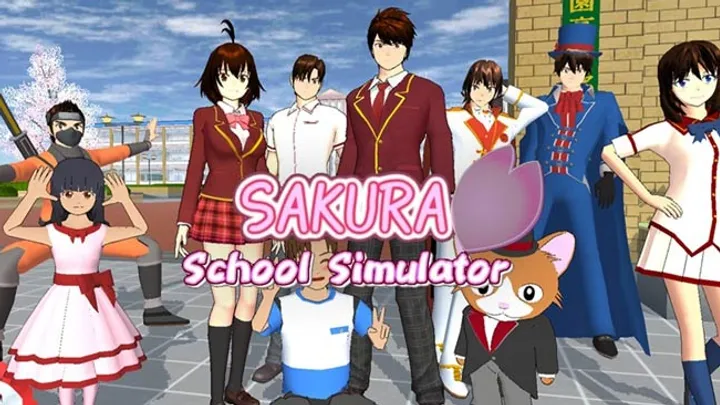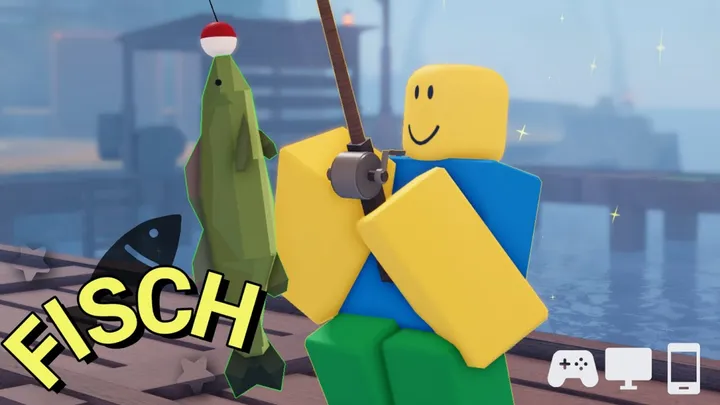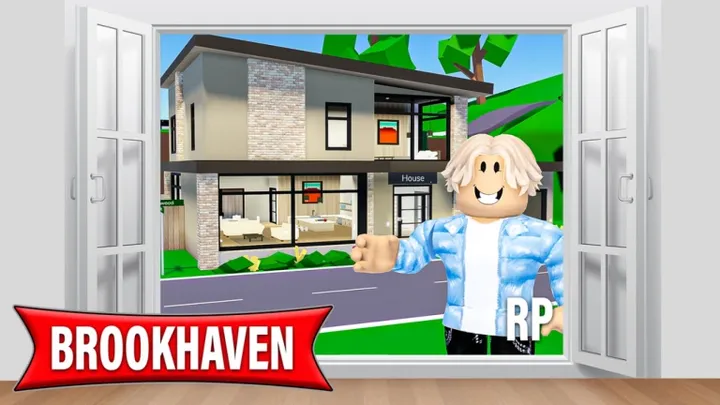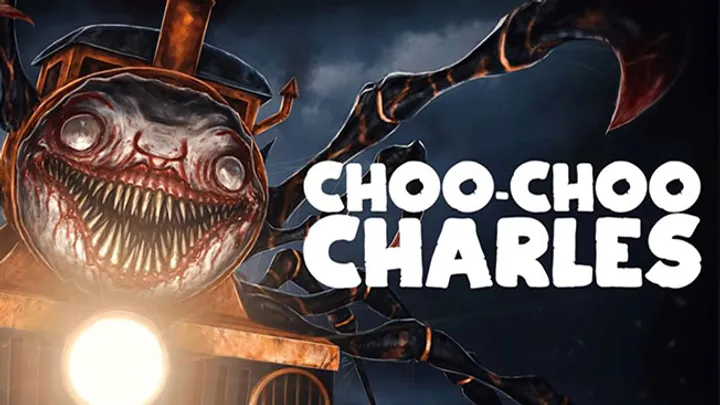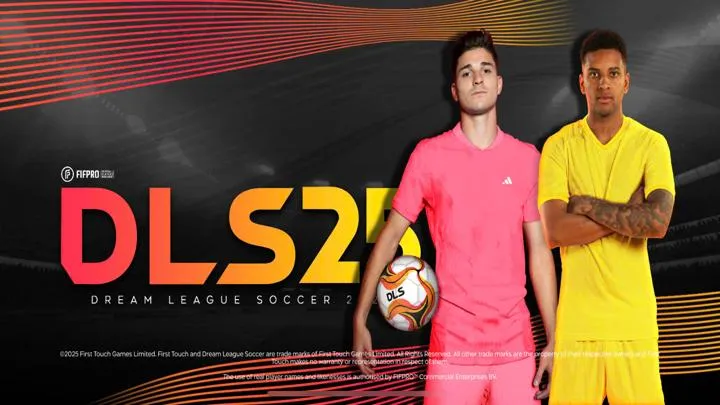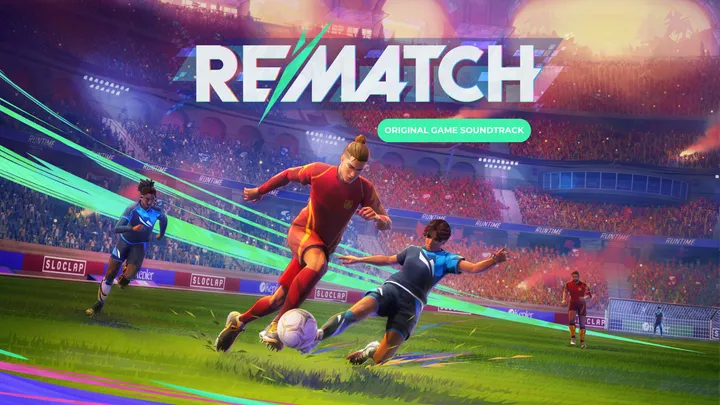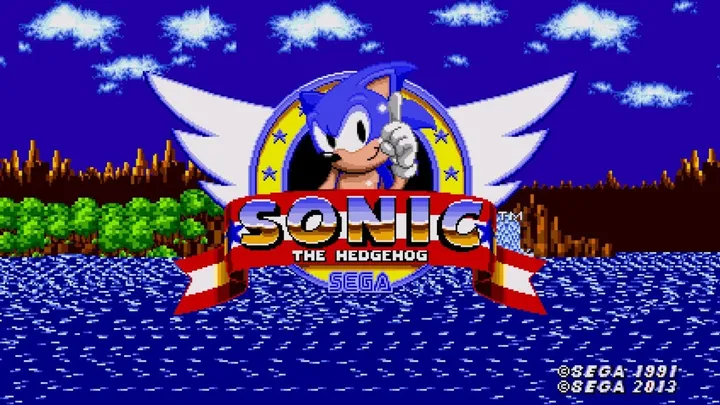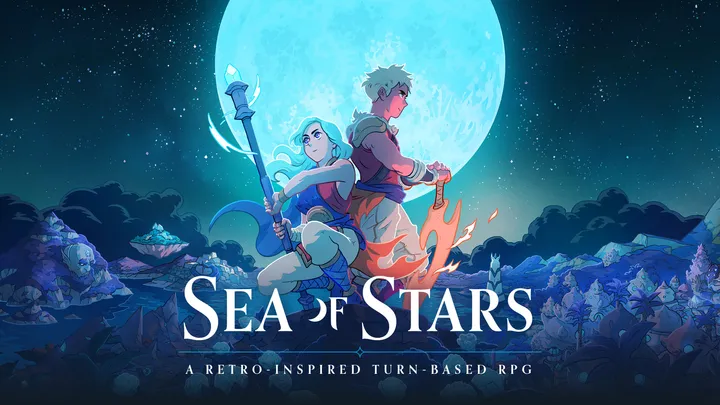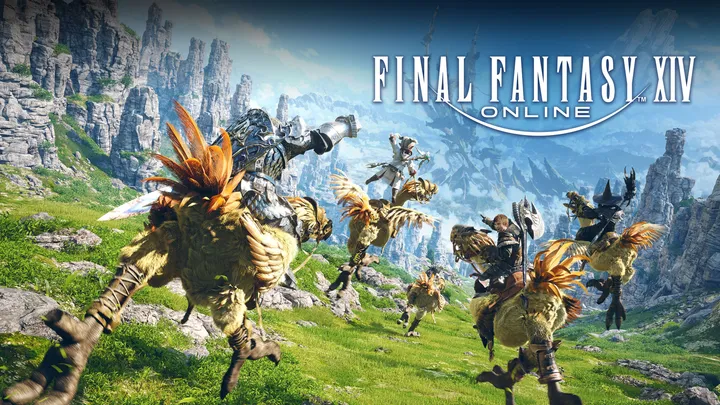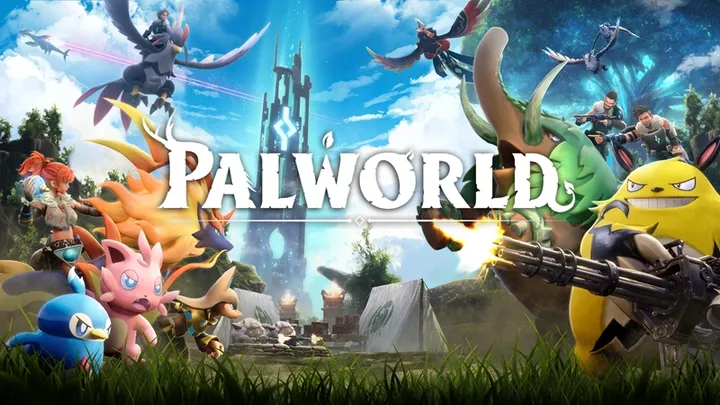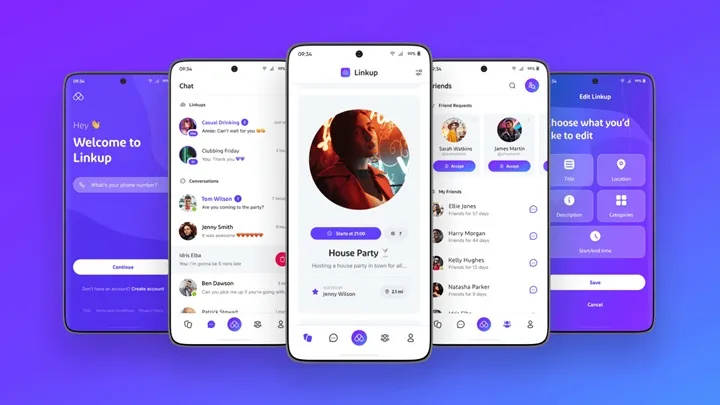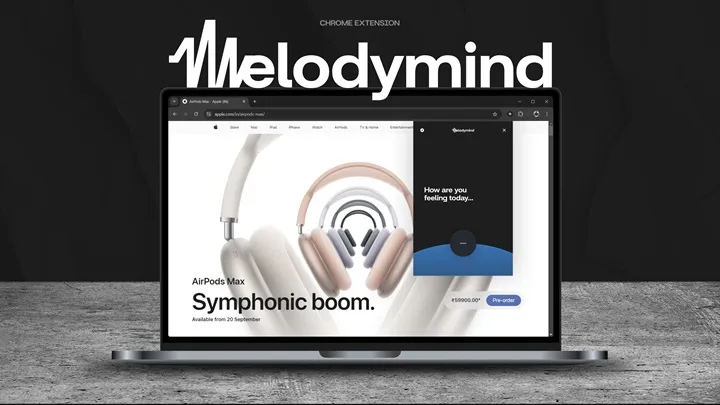Learning a new language used to mean textbooks, flashcards, and repetition. But in today’s digital world, language learning has become interactive, visual, and addictive—thanks to gamified apps.
Gamification uses points, levels, challenges, and rewards to make studying feel like a game rather than a chore. This approach taps into psychology—boosting motivation and retention through dopamine-driven learning loops.
Below are five standout apps that have transformed the way people learn languages, blending education with entertainment in a way that genuinely works. These are not just tools—they’re full ecosystems designed to keep your brain engaged and your progress measurable.
1. Duolingo — The Pioneer of Gamified Learning (2011–Present)
If there’s one app that redefined how millions approach language learning, it’s Duolingo. Launched in 2011, it popularized the concept of learning as a game, introducing an approach that feels more like mobile fun than classroom work.
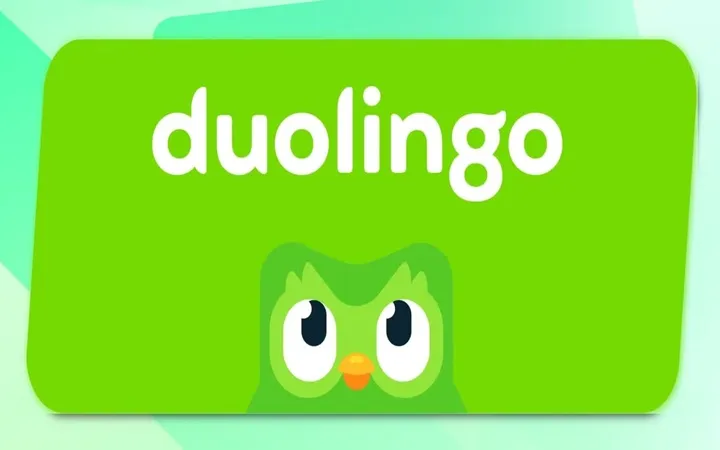
How It Gamifies Learning
Duolingo uses a level-based progression system with daily streaks, XP points, hearts (lives), and leaderboards. Lessons are quick, interactive, and colorful, turning grammar drills into satisfying mini-games. The app’s green owl mascot, Duo, serves as both cheerleader and motivator—its reminders have become part of internet culture.
Why It Works
- Micro-learning structure: bite-sized lessons fit any schedule.
- Instant feedback system keeps users in flow.
- A clear sense of progress through achievements and visual milestones.
Innovative Edge
Duolingo continually evolves with AI-based speaking analysis and adaptive difficulty, ensuring learners are constantly challenged at the right level. It remains the benchmark for gamified language learning.
2. Memrise — Immersion Through Playful Video and Real Context (2013–Present)
Memrise takes gamification beyond points and levels—it brings in real-world immersion through native speaker videos and interactive challenges.
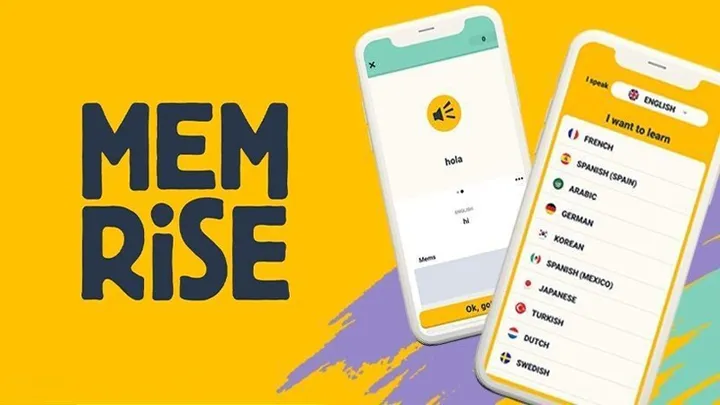
Core Gameplay Loop
Learners earn points for recalling vocabulary, but each word is reinforced through spaced repetition and mnemonics. This dual system combines fun memory techniques with meaningful visual cues.
Gamified Elements
- Streak rewards and progress bars for consistency.
- Daily challenges and timed recall tests.
- “MemBot,” an AI chat feature for conversational practice.
Unique Approach
Memrise stands out because it focuses on authentic usage. The app uses video clips of real people speaking in their native environments—giving users contextual listening experience. It’s gamified immersion that feels organic rather than mechanical.
3. LingQ — Turning Reading Into an Interactive Game (2007–Present)
While less flashy than Duolingo or Memrise, LingQ pioneered a deep and data-driven way to gamify reading comprehension and vocabulary expansion.

How It Works
Users read articles, stories, or news pieces in their target language. Each new word can be “lingQed”—saved and tracked for future review. You earn coins and level up your vocabulary mastery, transforming reading into a rewarding scavenger hunt.
Gamified Mechanics
- Progress tracking for words learned and hours studied.
- Experience points tied to reading milestones.
- Personalized content based on learning patterns.
The Innovation
LingQ’s strength lies in choice and freedom. You can import your own material—from blog posts to eBooks—and the app gamifies it all. It’s an excellent choice for advanced learners who want to stay motivated through natural content.
4. Babbel — Structured Progress with Reward Feedback Loops (2008–Present)
Unlike the playful nature of Duolingo, Babbel combines structured learning with subtle gamified feedback systems. It’s ideal for users who crave a balance between fun and rigor.
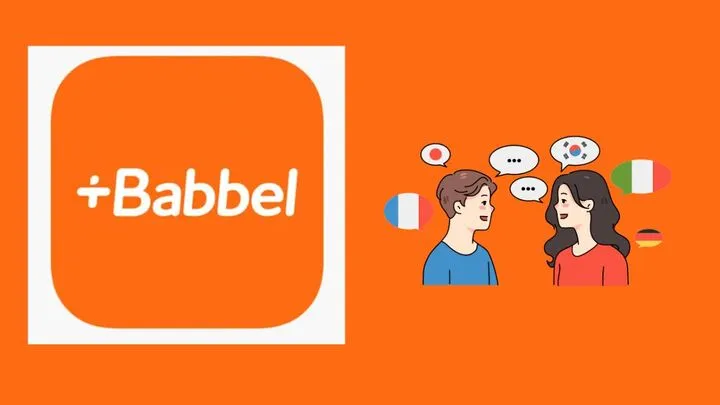
Learning System
Babbel’s courses are crafted by linguists, focusing on real-world dialogues and grammatical clarity. But to keep motivation high, it includes streaks, levels, review sessions, and achievement notifications.
What Makes It Gamified
- Streak counters encourage consistency.
- Progress reports and visual graphs boost morale.
- Adaptive review sessions create a challenge curve.
Why It Stands Out
Babbel’s design feels like a bridge between academia and app culture—structured like a classroom but delivered with reward mechanisms that keep learners hooked. It’s perfect for users who want results-driven gamification rather than pure entertainment.
5. LingoDeer — Language Learning With Cultural Intelligence (2017–Present)
Originally developed for Asian language learners, LingoDeer has expanded into one of the most polished gamified learning systems available. It combines smart lesson design with cute aesthetics and deep grammar understanding.
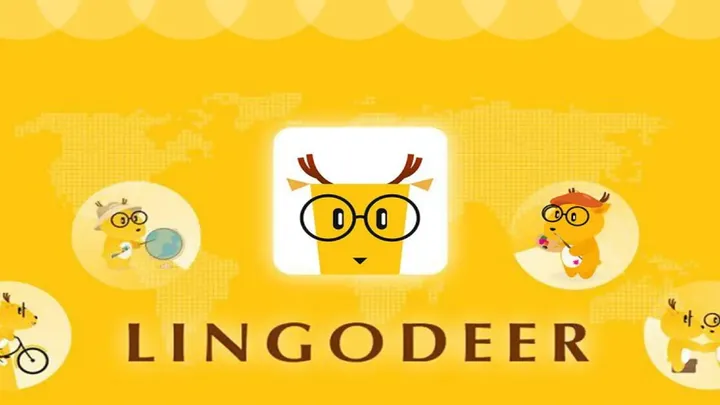
Gamification Highlights
- XP-based levels, progress maps, and badges for achievements.
- Unlockable lessons that mirror game progression.
- “Skill Tree” structure similar to role-playing games (RPGs).
What Sets It Apart
LingoDeer isn’t just fun—it’s culturally aware. Lessons contextualize language within real-life customs, idioms, and tones. Gamification doesn’t distract—it enhances understanding by rewarding cultural insight as much as vocabulary mastery.
Conclusion: The Game That Teaches You Back
Language learning doesn’t need to be tedious or academic. With the right blend of psychology, design, and technology, it becomes an adventure—one where every streak, level, and challenge brings you closer to fluency.
Apps like Duolingo, Memrise, LingQ, Babbel, and LingoDeer have proven that when learning feels like play, progress happens naturally. Whether you’re chasing streaks or unlocking new skills, gamification turns every lesson into a victory—and that’s what makes this new wave of learning truly revolutionary.


